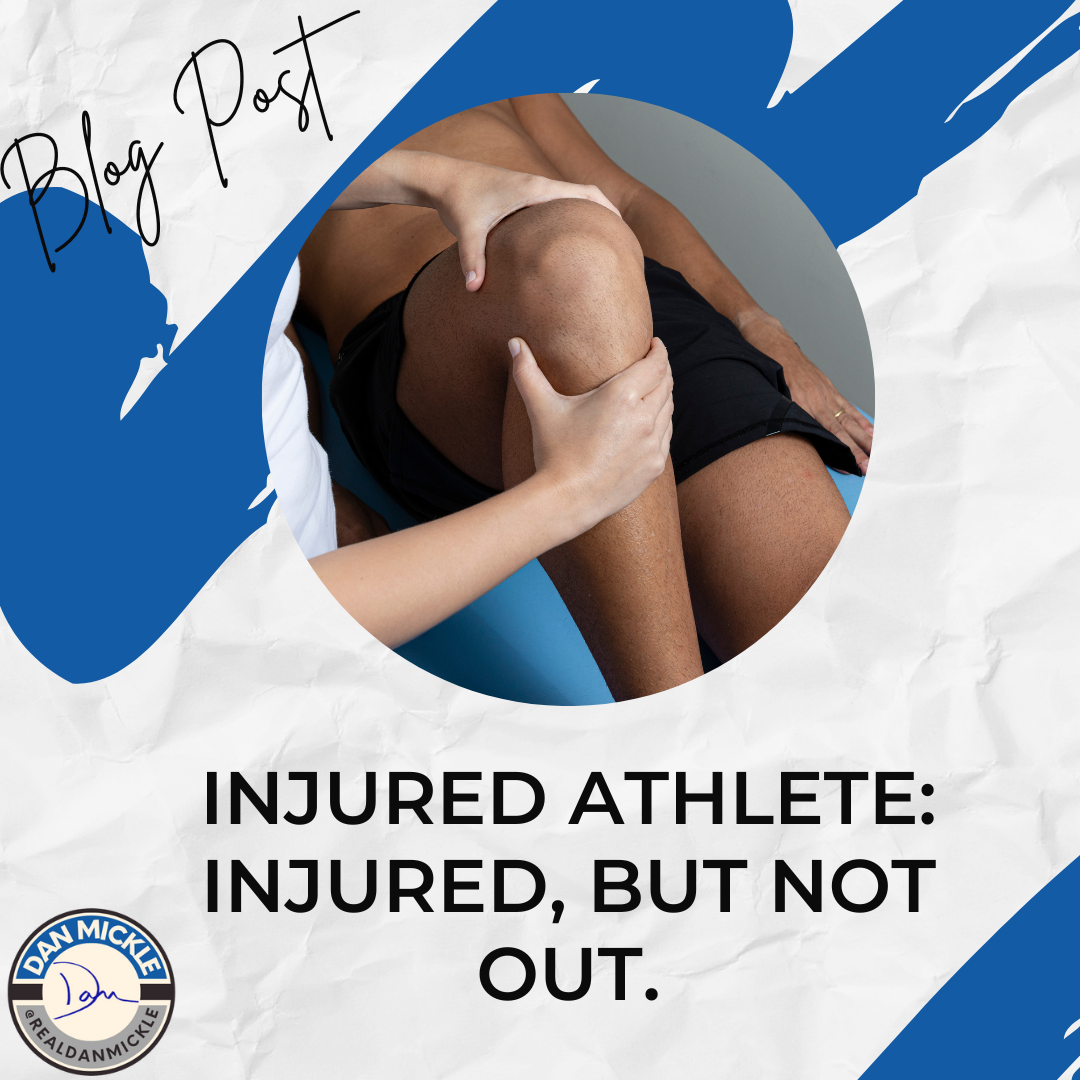Injuries are a part of sports. We all know that. It’s like the unwelcome guest who shows up uninvited, knocks you off your game, and leaves you sitting on the sideline. But what if I told you that just because you’re sidelined, it doesn’t mean as an injured athlete, you’re out of the game?
Here’s the thing. Injuries suck. There’s no denying that. They can knock your confidence, disrupt your rhythm, and leave you feeling disconnected from your team. But what if I told you that those hours you spend on the bench, or off to the side while your teammates hustle through drills, could actually be a golden opportunity for growth?
Now, let’s be clear here. I’m not talking about pretending like the injury isn’t happening. I’m not saying “get over it” or “just push through.” No one expects an injured athlete to power through a torn ligament or a broken bone. What I am talking about, though, is taking advantage of that time, sitting out or off to the side, and still learning.
Think of it like this: Just because you’re an injured athlete and not physically playing the game doesn’t mean you can’t still grow as an athlete. There’s a lot happening on that field, like strategies, techniques, and team dynamics, that you can learn by simply watching and observing. When you’re sidelined, you have the freedom to focus on things you might not have noticed while you were fully involved in the action.
What we can do?
Let’s start with learning from drills. Watching your teammates perform drills from the sideline can give you a fresh perspective. Sure, you may not be running the drills yourself, but you can analyze the techniques, timing, and execution. What are they doing well? What are they struggling with? Where could they improve? Those insights might seem small, but they add up. And when you’re back in action, you’ll be ready to apply those observations to your own play.
But let’s take it even further. Mental toughness. Focus. Game IQ. These are all skills you can develop just as much off the field as on it. Watching how your teammates handle pressure, how they bounce back from mistakes, and how they communicate with each other can teach you volumes about handling those situations when you’re back in the game.
There’s a hidden strength in observation. It’s not just about sitting on the sidelines and feeling bad about not being able to play. It’s about being an active participant in your own growth and making sure you’re ready when the opportunity comes to get back out there.
More Resources
If you’re a parent of an athlete, supporting your child’s mental resilience, especially when they’re sidelined, can make a huge difference. It’s about more than just physical recovery—it’s about helping them develop the mental skills to bounce back stronger. To help you with this, I’m offering a free webinar on June 8, 2025, at 5:00 PM Eastern Time where we’ll explore practical strategies for supporting your athlete’s mental game. You can register here for the Parent Playbook webinar: The Parent Playbook Webinar Registration.
In case you’re interested in diving deeper into the mental side of sports, particularly how motivation plays a role in maintaining focus and resilience, you can check out a previous blog on Athlete Motivation.
So yes, injured players should show up. They should be present. They should be learning. Being sidelined doesn’t mean being out of the game. In fact, it could be your greatest opportunity to develop the mental and strategic side of your game that will help you become a more complete player when you return.


